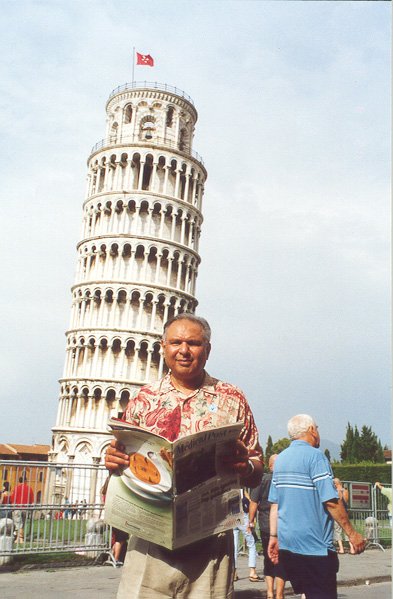Some time ago I had received a question about feet pain. What are its causes? What exercises to do to prevent painful feet and what sort of foot wear to use to keep feet healthy and pain free.
Like back pain there is no perfect cure for all ailments of the feet. Most of us are on our feet longer than any other part of our body. So our feet receive the biggest brunt of all the damage we inflict on ourselves.
Feet problems present in different ways with pain, deformity and swelling.
About 10 per cent of the general population suffer from feet pain, and in the elderly it is much higher – ranges from 53 to 95 per cent. Proximal plantar fasciitis (inflammation of the fascia – a thick tissue which runs from the heel to the ball of each foot) is the most common cause of painful feet in clinical practice, and is twice as common among women as among men.
Metatarsalgia (pain in the forefoot in the region of the base of the toes) is probably the most common cause of foot pain among middle-aged women. Most women in this age-group have been exposed to high-heeled shoes over many years.
There are many other conditions which cause painful feet. Some of these are: plantar warts, corns, calluses, ingrown toe nails, hammer toes, flat feet, bunions, arthritis, gout, stress fractures and some others.
Treatment for most of these conditions remain the same: elevate and rest your feet as much as you can but with the busy schedule we keep, not many of us have time to do that. Other management points are: lose weight, use pain killers, hot or cold compresses, arch support, good quality fitting shoes, foam cushions to relieve pressure on painful areas, and keep feet clean and dry.
Gout and other types of arthritis may require anti-inflammatory medications. Ingrown toe nail can be surgically fixed in a doctors office. Some conditions require injection of cortisone to relieve inflammation and pain. Physiotherapy can relieve many ailments of the feet.
One may have to try different combinations of therapy to find relief.
Foot is a complex structure and needs to be treated with respect. There are 26 bones in our foot and they are held together by ligaments. In addition to that, there are variable numbers of accessory bones called sesamoids.
Foot is divided into forefoot, midfoot and hindfoot. When one stands normally, the body weight is equally distributed between the heel and the ball of the foot. The weight distribution depends on muscle contraction.
Studies have shown that relatively small changes in muscle balance and tone can result in significant changes in the load distribution of the foot, says Dr. William Hamilton in the Surgical Anatomy of the Foot and Ankle. The normal function of the foot depends on the bones, ligaments, and muscles acting in concert.
A lot depends on how you stand, how you walk, how you run, what you wear, how much you weigh, and how much care you take of your feet. Foot pain and deformities are widespread. So, treat your feet with respect. Without them you cannot go too far comfortably!
Start reading the preview of my book A Doctor's Journey for free on Amazon. Available on Kindle for $2.99!
